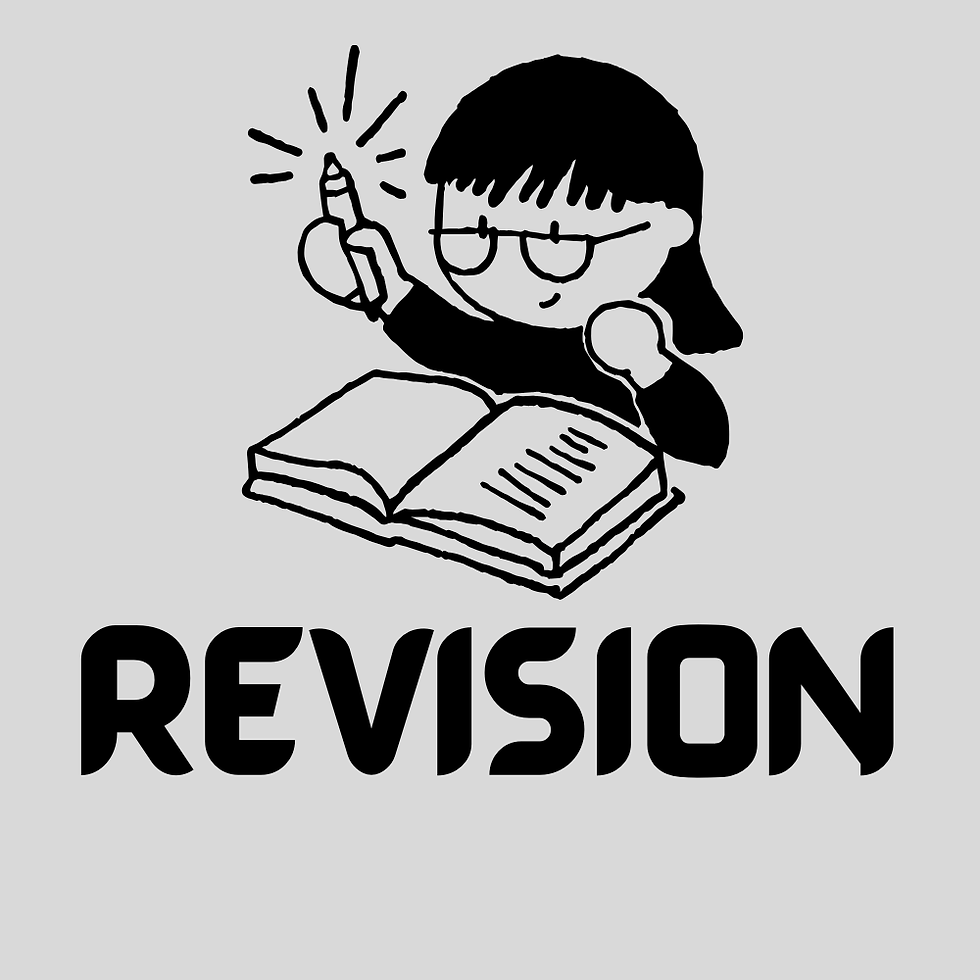Goal Setting: Begin with the End in Mind
- Susanna & the Pacemaker Team
- Sep 10, 2017
- 3 min read
Updated: Aug 30, 2022

Last year we ran a Pacemaker NaNoWriMo Tournament: Plotters vs Pantsers. The Plotters won, but it didn’t always look like they were going to! Even so, the big surprise was not that they won, it was how they won!
Plotters and Pantsers have been entangled in the fiery dance called writing from time immemorial. The Plotters, tapping out a choreographed number, step by step; the Pantsers, feeling the beat, jump along for the ride, no choreography, just… instinct?
In other words, Plotters are planners and start their projects with an outline in hand. They have carefully considered not only the content of their piece, but their method of getting there. Pantsers usually start their projects with no more than a wing and a prayer, planning only to fly through their work by the proverbial seat of their pants.
But here’s the twist! While Pantsers tend to start out ahead of the game, more often than not, at some point they lose steam and slow down, if not burn out completely. Plotters, on the other hand, have a much more steady approach throughout, and are more likely to finish.

This pattern played out in textbook fashion in our NaNoWriMo challenge!
We all know that having a plan is important. But did you know that it is even said that the act of planning is more valuable than the plan itself? There’s something about getting that long view, something about being a little methodical, and deliberate before you start out which tips the scales in favor of your success. We love the SMART method for setting goals, and highly recommend it to our users.
Set goals which are:
S- Specific. Don’t just say, “I’m going to write a novel!”. Set a time frame, set a word count goal, set mini milestones! Think: “I’m going to write a 50,000-word novel during this year’s NaNoWriMo”.
M- Measurable. Break your goal into some quantifiable unit- words, hours, chapters, etc.!
A- Attainable. Oy! We’re becoming the ‘set realistic goals’ police over at Pacemaker! Don’t just choose a goal, or plan because it looks/sounds grand/ambitious, or because everyone else is doing it this way. Set goals which are realistic for you- your schedule, your personality, your tendency to entertain nothing but cake and Netflix for hours on Friday nights! This is a big reason many plans fail; they simply aren’t realistic to begin with. Please, please, please don’t self-sabotage! Setting unrealistic goals can cause frustration and a lack of motivation which can snuff out the flame of even the fieriest of writing passions!
R- Relevant. Hey! Is this something you really want to do, or really need to do? Whatever your goal is, make sure it means something to you. If you lack a tool or skill to get it done, avail yourself of it. Give yourself the best chance of achieving your goals.
T- Timely. Set a time-frame. Be both realistic and flexible with this one. You’re not meant to feel like you’re racing the clock, but you are not working for an indefinite amount of time on this project. Even a life’s work, even memoires must be completed in time!
Here’s the bottom line: Begin with the end in mind. Don’t just think about where you want to go, but take the time to consider how you plan to get there as well. And don’t worry! Planning still leaves lots of room for inspiration to hit! When that happens, incorporate it into your plan, and just keep on going! And while a bit of ‘pantsing’ might be advisable for shaking things up and refreshing your frame of mind from time to time, a much surer approach seems to be that of the Plotters- steady, calculated, and in the end, successful.
For info on how you can use Pacemaker in your goal setting, see here.
Happy planning!
Susanna & the Pacemaker Team
.png)



Comments